Words that fight the patriarchy
Amy Hawkins explores that books that paved the way for feminism
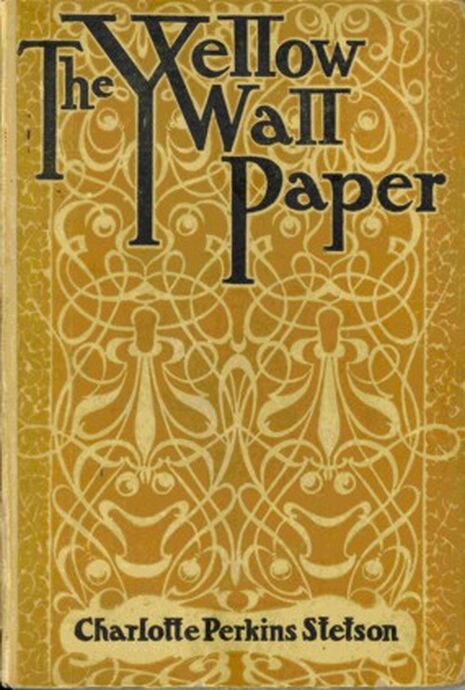
1892 - The Yellow Wallpaper (Charlotte Perkins Gilman)
Jane, diagnosed with a “hysterical tendency” by her husband, is confined to the upstairs bedroom of their summer house. Left with nothing but her journal to record her thoughts in, she becomes fixated with the yellow wallpaper that lines the walls around her. Her journal entries reveal her descent into psychosis, as she becomes the first of many literary ladies imprisoned in the attic. Gilman’s collection of short stories preceded even the first wave of feminism, the struggle for suffrage, and exposed just how trapped women were.
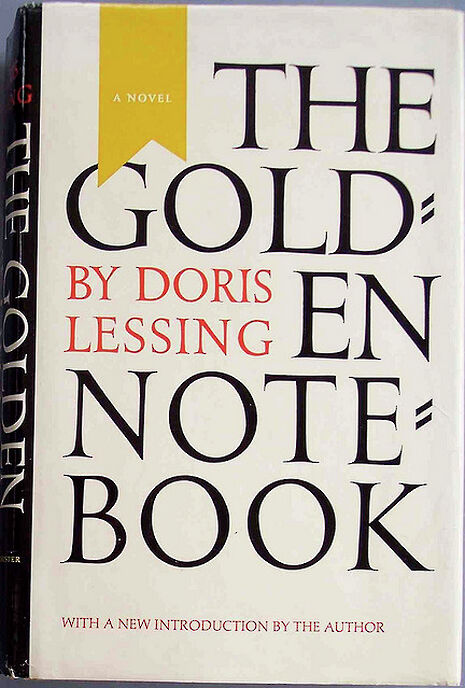
1962 - The Golden Notebook (Dorris Lessing)
Waving the flag for British feminism, Lessing’s novel extends the reach of feminism into pacifism, anti-Stalinism and Communism. Four notebooks come together, in a final, fifth golden volume, in which our protagonist Anna Wulf considers women’s struggles with the conflicts of work, sex, love, maternity, and politics. Lessing said this book is about fragmentation: Wulf’s fragmented mind reflects the paradoxical society in which she lives and endeavours to understand.
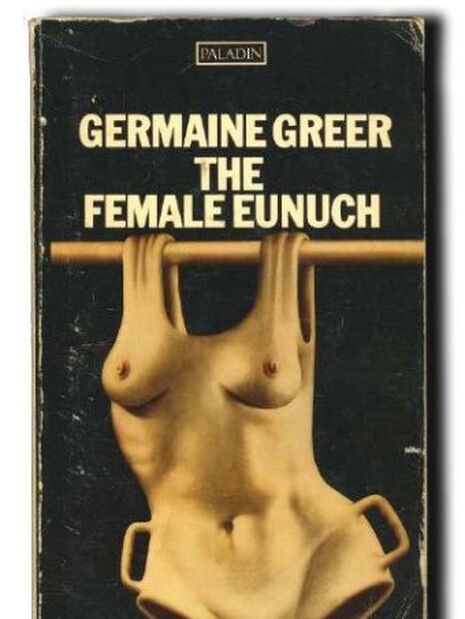
1970 - The Female Eunuch (Germaine Greer)
This is a book that needs no introduction – the title says it all. Society hates women, who are taught to hate themselves, and the pressures of desexualisation render women eunuchs. Greer is a bombastic figure of the second wave who is not without controversy. She resigned from Newnham College after the controversy surrounding her opposition to the appointment of a trans fellow, and said that Cheryl Cole was “too thin” to be a feminist. Nevertheless, the influence of the book that launched her career cannot be denied.
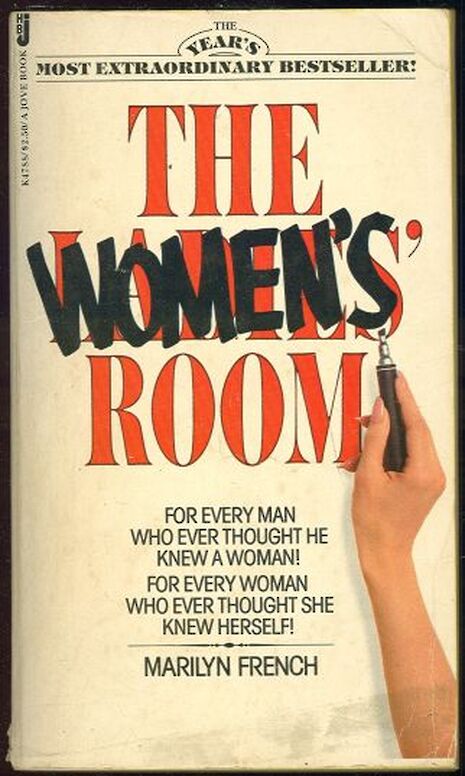
1977 - The Women's Room (Marilyn French)
Written in the late ‘70s, The Women’s Room builds upon the preceding decades of female emancipation as it follows the life of Mira from adolescence to independence, via the worlds of domesticity, childbirth and freedom. This was one of the first feminist works of fiction to break into the mainstream, selling over 20 million copies worldwide. One criticism of the novel has been the lack of depth or complexity of the male characters, but considering the norm of having women as little more than window dressing in popular fiction, one can hardly lament French’s decision to forefront women.
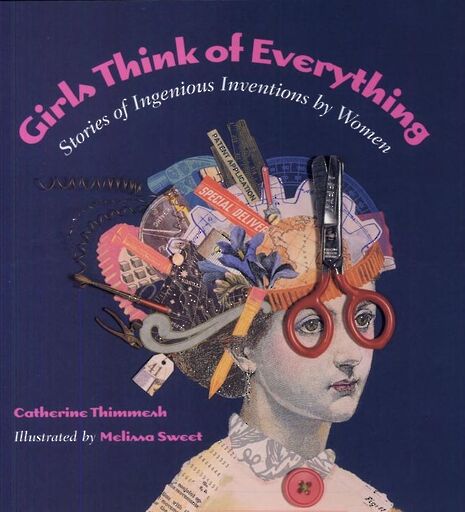
2002 - Girls Think of Everything (C. Timmerish & M. Sweet)
The brown paper bag, the chocolate chip cookie, the windscreen wiper: three everyday essentials that were invented by women. This beautifully illustrated children’s book tells the stories of women who saw a problem, and thought of a way to fix it. Many of these inventions where thought up a long time before women had equal rights to men, and as a consequence, we learn, many women didn’t get their due credit or had to register their patents in their husband’s name. Nevertheless, their ingenuity is inspiring, and dispels the myth that men Do Things while women Are Things.
2014 - Everyday Sexism (Laura Bates)
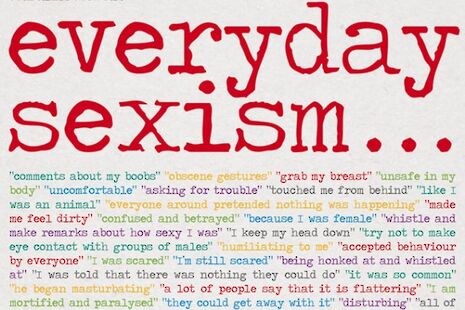
Why does Cambridge produce so many high profile feminists? Is it because it is such a progressive, feminist, equitable environment, where discussion thrives and ideas are born? Or is it because there is an insidious sexism to the structure and culture of the university that makes women angry? Either way, Bates is one of the more recent Cantabrigians to be paving the way for young women. Her project, which, would you believe it, compiles accounts of everyday sexism – from catcalls to harassment to intimidation – shows the world how pervasive misogyny is, and makes women around the world feel a little less alone.
 News / CUP announces funding scheme for under-represented academics19 December 2025
News / CUP announces funding scheme for under-represented academics19 December 2025 News / Cambridge welcomes UK rejoining the Erasmus scheme20 December 2025
News / Cambridge welcomes UK rejoining the Erasmus scheme20 December 2025 Comment / Yes, I’m brown – but I have more important things to say22 December 2025
Comment / Yes, I’m brown – but I have more important things to say22 December 2025 News / SU reluctantly registers controversial women’s soc18 December 2025
News / SU reluctantly registers controversial women’s soc18 December 2025 Film & TV / Timothée Chalamet and the era-fication of film marketing21 December 2025
Film & TV / Timothée Chalamet and the era-fication of film marketing21 December 2025









